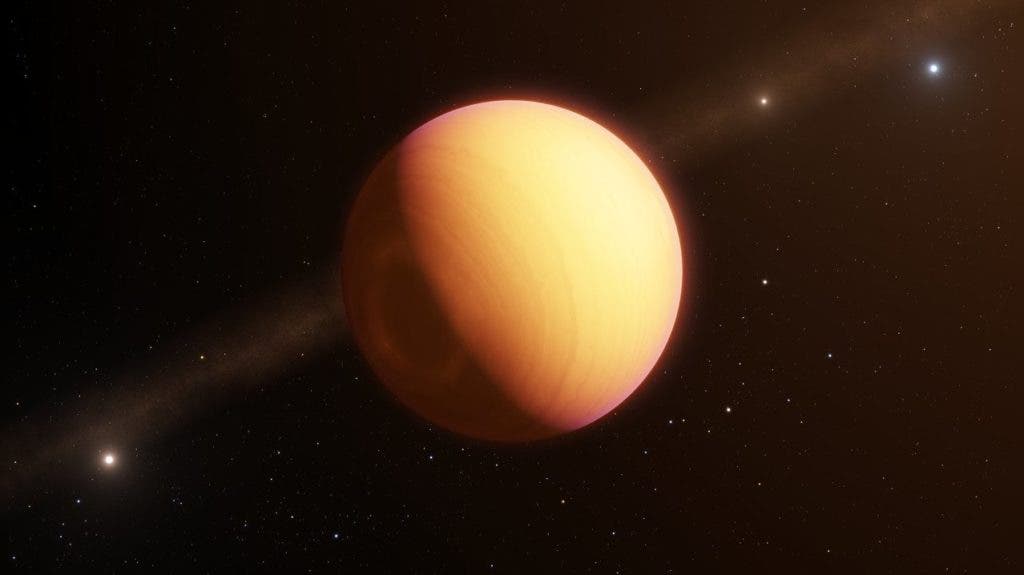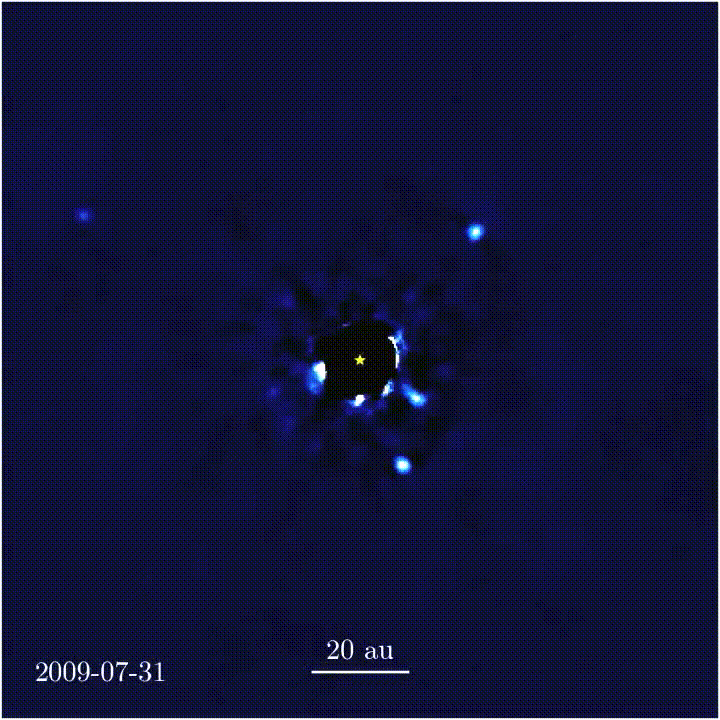Astronomers now have a new tool in their alien planet-hunting kit. For the first time, researchers at the European Southern Observatory (ESO) used optical interferometry to observe an exoplanet orbiting a star 128 light-years away from Earth. The new observation method is valuable because it can offer additional insights into the atmospheres of exoplanets.
Strength in numbers
Today’s telescopes are extremely sophisticated instruments that are not just made of lenses and mirrors, but all sort of sensors and advanced electronics that detect incoming electromagnetic radiation. Generally, the bigger a telescope, the more light it can capture in order to observe distant objects such as far-away stars, galaxies, and quasars. But some objects are so far that even with a telescope as big as a city you’d only see a faint dot. Luckily, there’s a nifty trick called interferometry which combines multiple smaller telescopes to obtain the resolution of an equivalent very large telescope. Electromagnetic radiation collected at each of a number of small telescopes is combined to recreate the image that would have been obtained by a large telescope through a process that is also called “aperture synthesis” — making a large aperture from many smaller ones.
ESO scientists used the Very Large Telescope (VLT) array in Chile which combines data from four telescopes, each with a diameter of 8.2 meters. Similarly to other forms of interferometry, optical interferometry combines simultaneous visible light observations from multiple telescopes; in this case the four 8-meter telescopes part of the VLT.
For the first time, ESO showed for the first time that optical interferometry can be used to observe alien planets. The researchers observed HR 8799e, a young Jupiter-like exoplanet orbiting a bright star called HR 8799. The exoplanet was previously discovered using a different method, but the new study published in the journal Astronomy and Astrophysics confirmed its existence with a different method, which also served to validate optical interferometry.
Hot stuff
The direct optical observation of HR 8799e also revealed some spicy new details. The Jupiter-like exoplanet is only 30 million years old and has an ambient temperature of about 1,000°C, suggesting it still carries a lot of leftover heat from its relatively recent formation. The new VLT observations also produced unexpected results about the chemical composition of the exoplanet’s atmosphere. It seems like HR8799e has an atmosphere containing far more carbon monoxide than methane, which wasn’t observed by previous observations.
“We can best explain this surprising result with high vertical winds within the atmosphere preventing the carbon monoxide from reacting with hydrogen to form methane,” said Sylvestre Lacour a researcher at the Observatoire de Paris – PSL and the Max Planck Institute for Extraterrestrial Physic
HR8799e has clouds of iron and silicate dust, which suggests that the entire planet is engulfed in a huge storm. These silicates and iron essentially “rain” onto the planet, which isn’t as crazy as it might sound — after all, scientists believe that diamonds fall as rain on Jupiter and Saturn. Unfortunately, the new observation technique does not provide “pretty” pictures but rather data that can be crunched by mathematical models. The animation below, which was produced using data unrelated to the present study, shows HR 8799e orbiting its parent star (the dot at the right-hand side).
Scientists have confirmed more than 3,000 exoplanets so far. Now, with a new tool at the disposal, they can learn more about them than ever before. Who knows what important discoveries optical interferometry will lead to?











